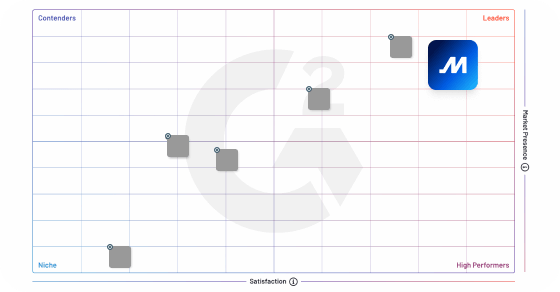The 10-hour driving limit is a crucial aspect of the trucking industry that ensures the safety of both drivers and other motorists on the road. It is a regulatory requirement established by the Federal Motor Carrier Safety Administration (FMCSA) that limits the number of hours a commercial truck driver can drive consecutively.
The 10-hour driving limit refers to the maximum amount of time a commercial truck driver is allowed to operate their vehicle before taking a mandatory break of at least 10 consecutive hours. This limit is in place to prevent driver fatigue, which is a leading cause of accidents in the trucking industry.
It is important to note that the 10-hour driving limit is just one aspect of the hours-of-service (HOS) regulations established by the FMCSA. The HOS regulations also include limits on the total number of hours a driver can work in a week, as well as mandatory rest breaks throughout the day.
Violating the 10-hour driving limit can result in serious consequences for drivers and trucking companies, including fines and potential loss of license or business. Therefore, it is crucial for drivers and companies to adhere to these regulations in order to maintain safety on the roads and avoid legal and financial consequences.
Frequently Asked Questions
What is the 10-hour rule?
The 10-hour rule in trucking refers to the requirement for drivers to have a minimum of 10 consecutive hours off-duty before starting a new on-duty period. It is part of the hours of service regulations imposed by the Federal Motor Carrier Safety Administration (FMCSA) in the United States. This rule ensures that drivers have an adequate period of rest between shifts to promote safety and reduce fatigue-related accidents. Drivers must comply with this rule to maintain compliance with hours-of-service regulations.
Does 10 hours in sleeper berth reset your 14?
Yes, 10 consecutive hours in a sleeper berth can reset the 14-hour clock, which refers to the maximum amount of time a driver can be on-duty before taking a 10-hour break. However, it does not extend the 11-hour driving limit, which is the maximum amount of time a driver can operate a commercial motor vehicle in a day.
What happens if you go over your 14 hour clock?
If a commercial driver goes over their 14-hour clock, they are in violation of the Federal Motor Carrier Safety Administration (FMCSA) hours-of-service regulations. The driver will need to take a 10-hour break before resuming driving. Additionally, the violation may result in fines and penalties for both the driver and their employer. Exceeding the 14-hour clock can also lead to increased fatigue and safety risks on the road.



